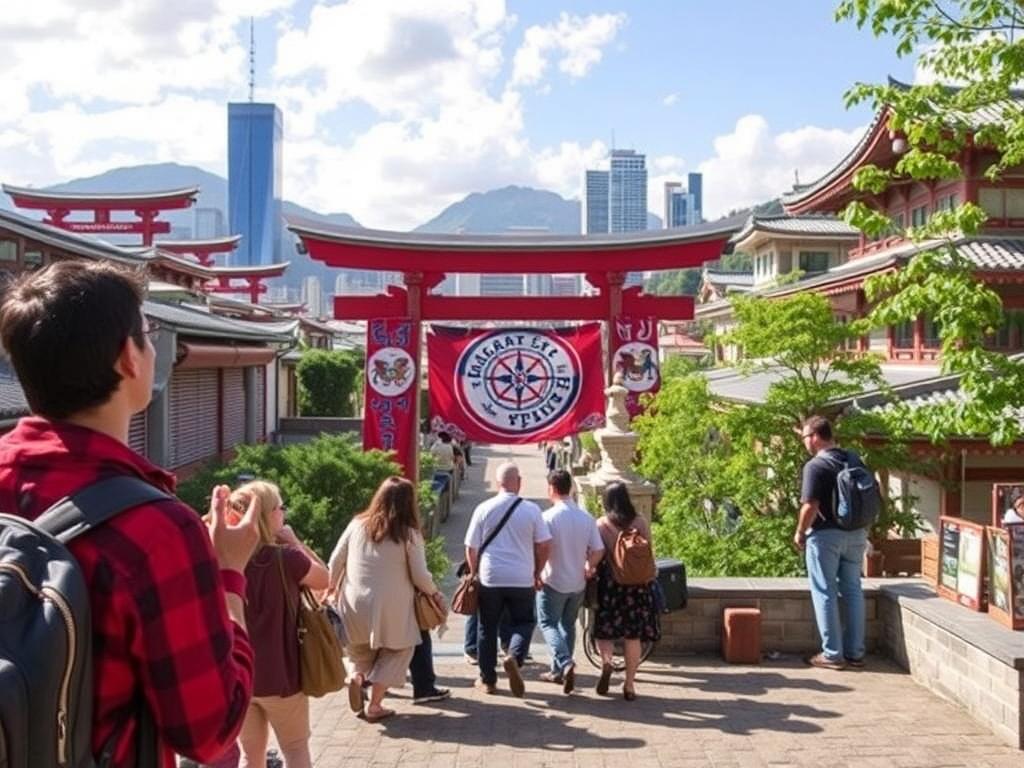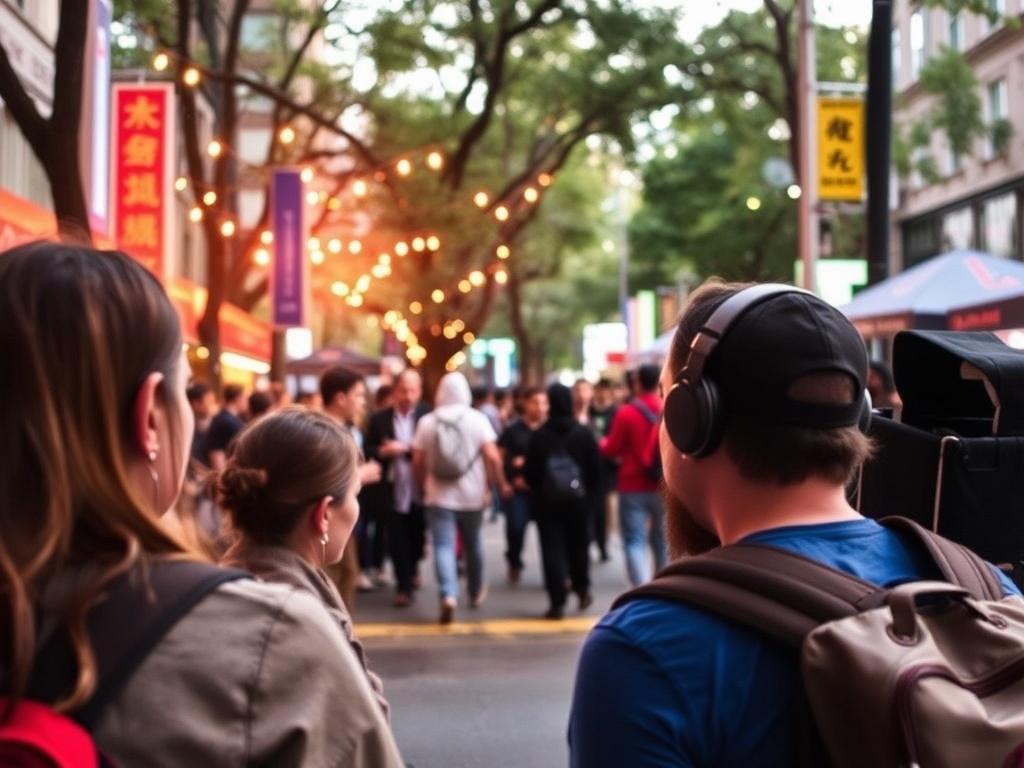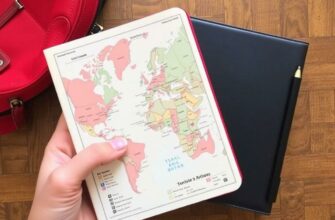Traveling abroad can be one of the most fulfilling experiences of your life. You immerse yourself in a new culture, discover unfamiliar customs, and adapt to different ways of living. But what happens when you come back home? Many people assume returning home is simple and seamless, but in reality, reverse culture shock can hit hard. Reverse culture shock, or re-entry shock, is the emotional and psychological readjustment challenge people face when they return to their home country after spending significant time overseas. In this article, we’ll explore what reverse culture shock is, what to expect, how to cope, and why it’s perfectly normal to feel out of place in your own home after a life-changing journey abroad.
What Is Reverse Culture Shock?

Reverse culture shock is the emotional turmoil and confusion experienced when returning to one’s home country after living abroad. Unlike the initial culture shock someone feels upon arriving in a foreign land, reverse culture shock happens when a person tries to readjust to their familiar environment but finds that they don’t feel as connected or comfortable as expected. The world you once knew may now feel different, and you might struggle with unexpected frustrations, alienation, or sadness.
This phenomenon can occur no matter how long you’ve been away, whether it’s a few months or several years. Sometimes returning travelers expect to slip effortlessly back into their old lives, but the reality can be quite the opposite. The internal shifts that happened during your time abroad—your worldview, habits, values, and social preferences—have transformed you, and re-entry forces you to reconcile your new identity with your old environment.
Why Does Reverse Culture Shock Happen?

At first glance, going back home should feel comforting and easy. After all, it’s a familiar place with known people, traditions, language, and conveniences. However, reverse culture shock stems from a few distinct causes.
- Changed perspectives: Time abroad changes how you view the world, social issues, values, and even daily routines. What once felt normal might now seem narrow-minded or outdated.
- Expectations vs. reality: Many people anticipate a warm and joyous homecoming, only to find that not everyone remembers or relates to their overseas experiences.
- Loss of community: Support networks and friendships formed abroad can feel irreplaceable, leaving returning travelers feeling alienated or lonely.
- Reverse misunderstanding: While you learned to understand a foreign culture, people at home may not fully comprehend what you went through or changes you’ve undergone.
Stages of Reverse Culture Shock
The process of reverse culture shock typically unfolds through recognizable stages. These stages are similar to the original culture shock process, but with their own unique dynamics. Understanding these phases can prepare you for what to expect.
| Stage | Description |
|---|---|
| Honeymoon | Upon arrival, you may feel excitement and happiness to see family, friends, and familiar surroundings. |
| Frustration and confusion | You start noticing differences in attitudes, behaviors, or systems at home that feel strange or frustrating. |
| Adjustment | You begin processing your experiences and re-engaging with your home culture more realistically. |
| Reintegration | You find a new balance and identity that incorporates your overseas experiences and your home life. |
Common Symptoms of Reverse Culture Shock
Reverse culture shock can manifest in various emotional and physical symptoms, and recognizing them is the first step toward coping effectively. You may experience:
- Feelings of alienation or not belonging.
- Frustration with the pace or values of your home culture.
- Sadness or nostalgia for your time abroad.
- Difficulty relating to friends and family who haven’t shared your experiences.
- Loss of motivation or direction.
- Physical symptoms like fatigue, headaches, or sleep disturbances.
Many expats and long-term travelers report feeling “homesick for a place that isn’t home” or struggling to explain how their journey changed them. This internal conflict can be confusing and sometimes isolating.
Examples of Reverse Culture Shock in Real Life
To help the reader connect further, here are some typical real-life scenarios where reverse culture shock might appear:
- Communication differences: You might find discussions with family frustrating because they lack the openness or global perspective you’ve developed.
- Changes in lifestyle: You may miss the slower pace or customs you enjoyed abroad but find it hard to recreate them at home.
- Food and everyday habits: Simple things like cuisine, shopping habits, and transportation may feel awkward or unsatisfying after a new standard overseas.
- Reconnecting with old friends: You might feel disconnected if your friends’ lives have evolved without you.
How to Prepare for Reverse Culture Shock Before Returning Home

Preparation can greatly reduce the shock of returning home after a long time abroad. Being proactive about understanding and expecting reverse culture shock helps smooth the transition. Here are some tips to prepare yourself:
- Reflect on your journey: Take time before you leave to think about how your experiences abroad have changed you.
- Manage expectations: Understand that returning home might not be as simple as you imagine. It’s okay to feel mixed emotions.
- Stay connected to your overseas community: Maintain relationships while transitioning home to buffer feelings of loss.
- Reach out: Inform close family and friends about what you’re going through so they can offer support.
Useful Tips for Returning Travelers
- Keep a journal during your return to track emotions and progress.
- Stay open-minded and patient with yourself and others.
- Seek out groups or networks of fellow returnees.
- Explore activities that bridge both cultures.
- Consider talking to a counselor or coach if the adjustment becomes overwhelming.
Coping with Reverse Culture Shock: Practical Strategies
If you find yourself experiencing reverse culture shock, know that you’re not alone, and there are many ways to manage it. The following strategies can help you regain your sense of balance.
Re-Establish Connections
Rekindling relationships with family, friends, and community members is essential. Share your experiences authentically, even if they don’t completely understand. Find people who are open and supportive.
Create a Blended Identity
Instead of trying to “go back” to who you were, embrace your new identity that spans multiple cultures. You don’t have to choose between your home culture and your experiences abroad; you can build a unique blend.
Stay Curious and Patient
Be patient with yourself and your environment. Continue learning about your home culture with fresh eyes, recognizing its strengths and limitations.
Practice Self-Care
Engage in activities that nurture your mental and physical well-being. Exercise, meditation, creative pursuits, and rest can help regulate stress and enhance emotional health.
Keep Some Overseas Habits
If certain routines or values from abroad benefited you, try to continue incorporating them into your life at home. It can help ease the transition and maintain a sense of continuity.
When to Seek Help
Most people recover from reverse culture shock naturally over time, but in some cases, lingering symptoms might interfere with daily life. If feelings of disconnection, depression, or anxiety persist or worsen, it’s important to seek professional support. Talking to a counselor experienced in cultural transitions can provide coping tools and emotional relief.
The Positive Side of Reverse Culture Shock
Though challenging, reverse culture shock can be an opportunity for growth. It often sparks self-reflection, broadens perspectives, and enhances empathy. Many returnees find that navigating this adjustment deepens their understanding of themselves and their culture.
Benefits of Going Through Reverse Culture Shock
| Benefit | Description |
|---|---|
| Greater self-awareness | Learning more about your values and identity. |
| Improved adaptability | Better handling of change and new challenges. |
| Enhanced communication skills | Ability to relate to diverse perspectives. |
| Stronger appreciation for home | Seeing your culture’s positive sides with fresh gratitude. |
Conclusion
Reverse culture shock is a real and often underestimated part of the global travel experience. Returning home after living abroad can bring unexpected feelings of disconnection, frustration, or sadness, but understanding this process helps prepare you emotionally and mentally. By recognizing common symptoms and stages, setting realistic expectations, and using practical strategies to cope, you can navigate reverse culture shock with resilience and grace. Ultimately, this challenge offers a chance for self-discovery and growth, allowing you to weave your international experiences into a richer, more nuanced identity. Remember, reverse culture shock is not a sign that something’s wrong—it’s a natural sign of transformation, proof that your journey has truly changed you.









